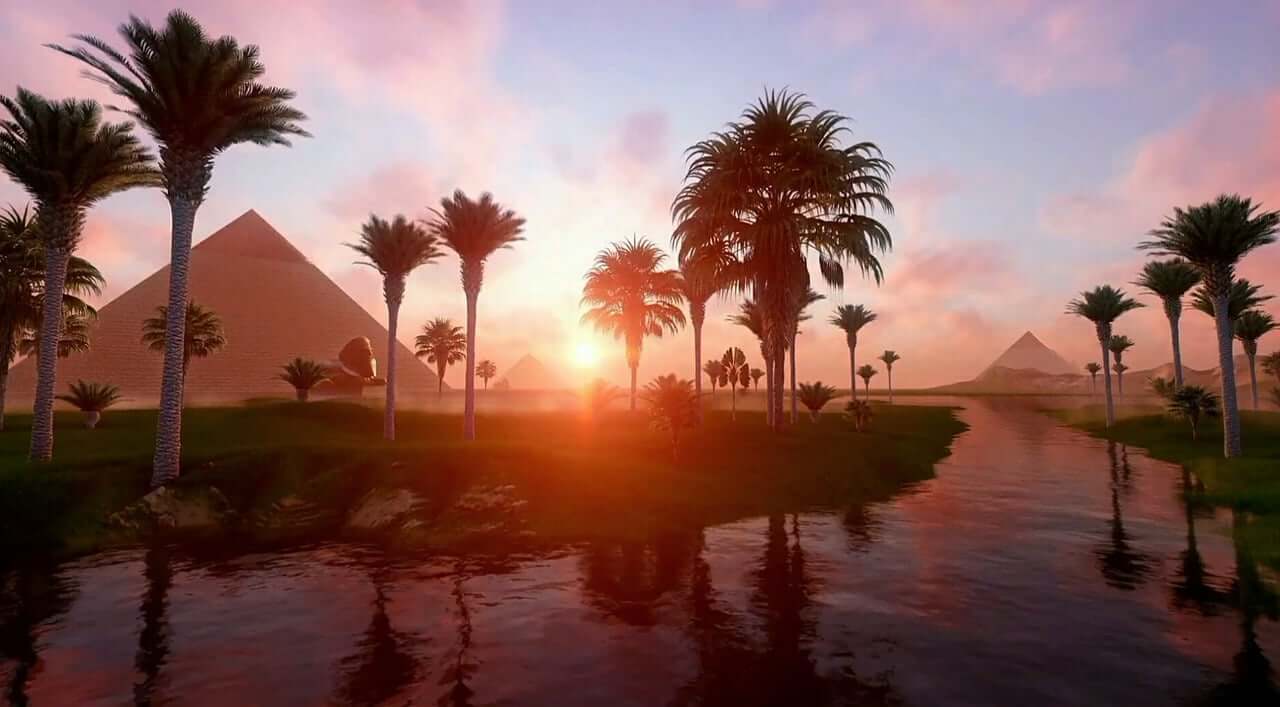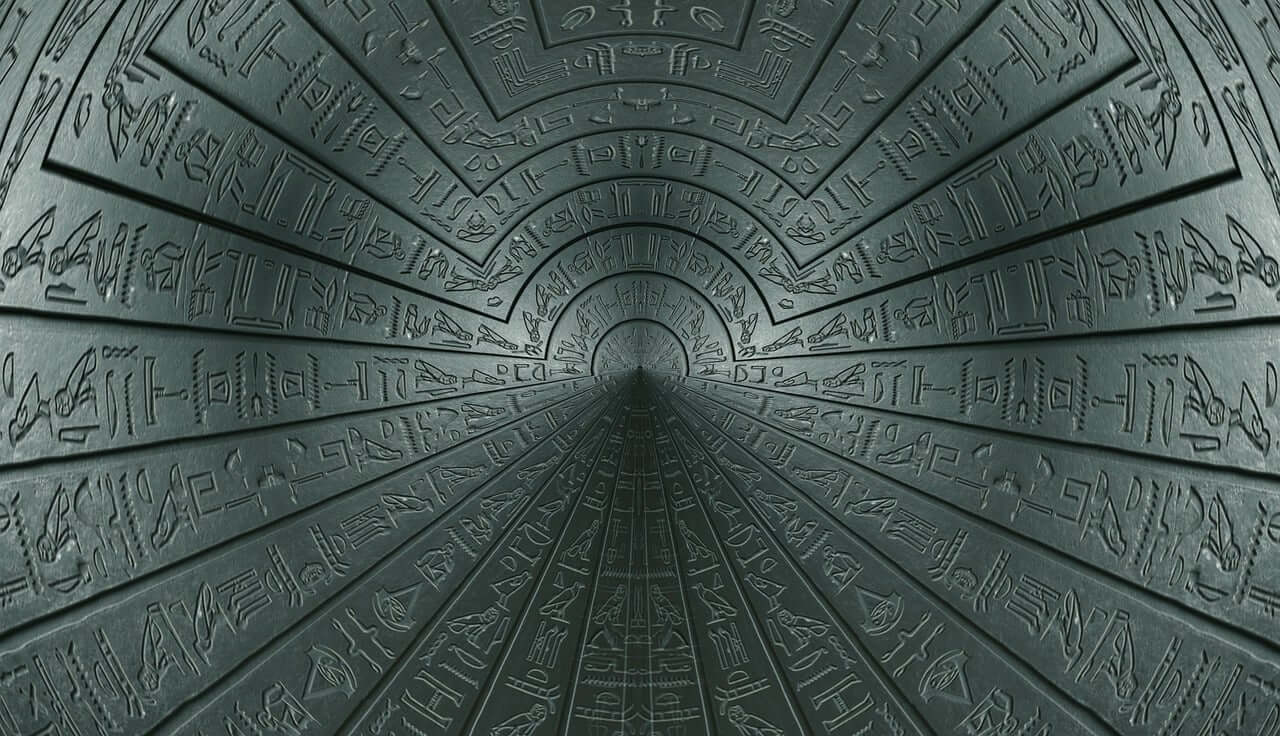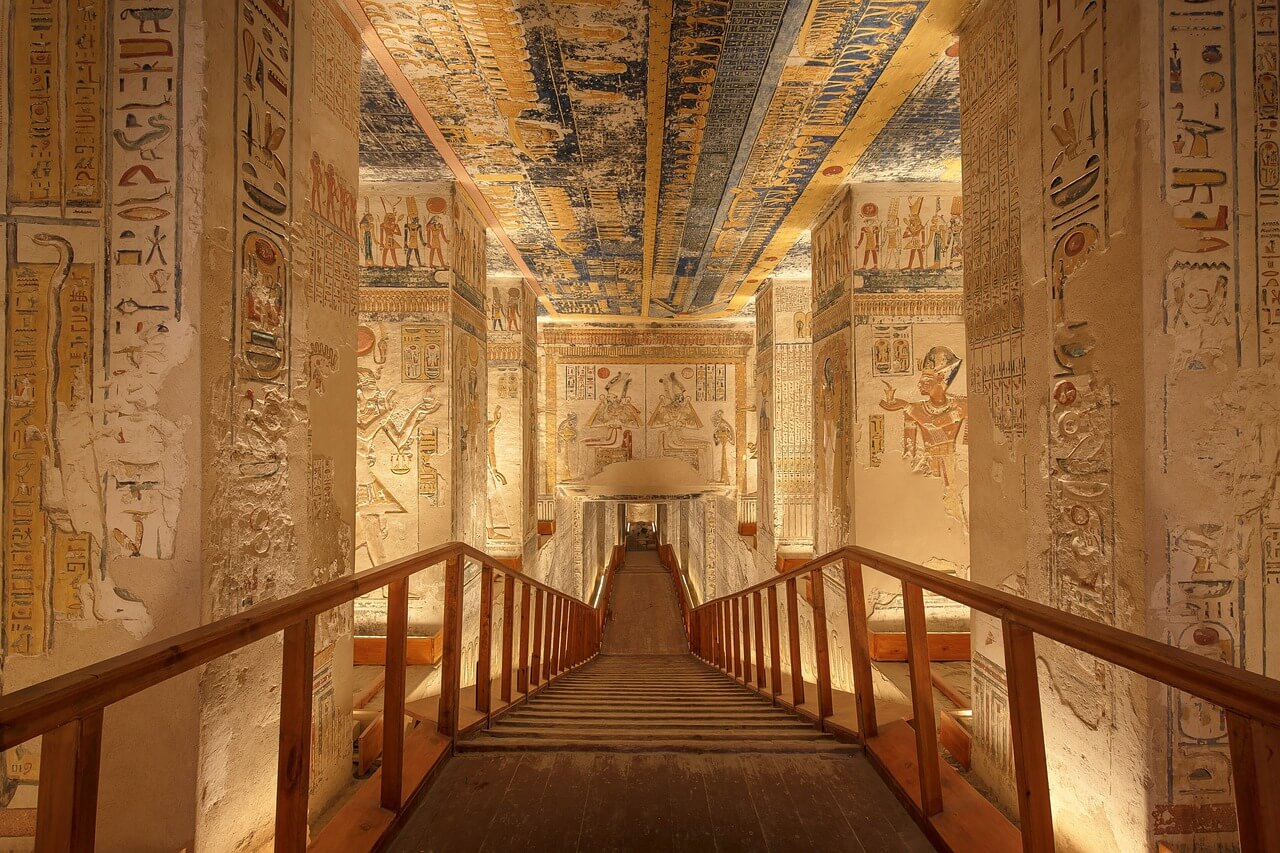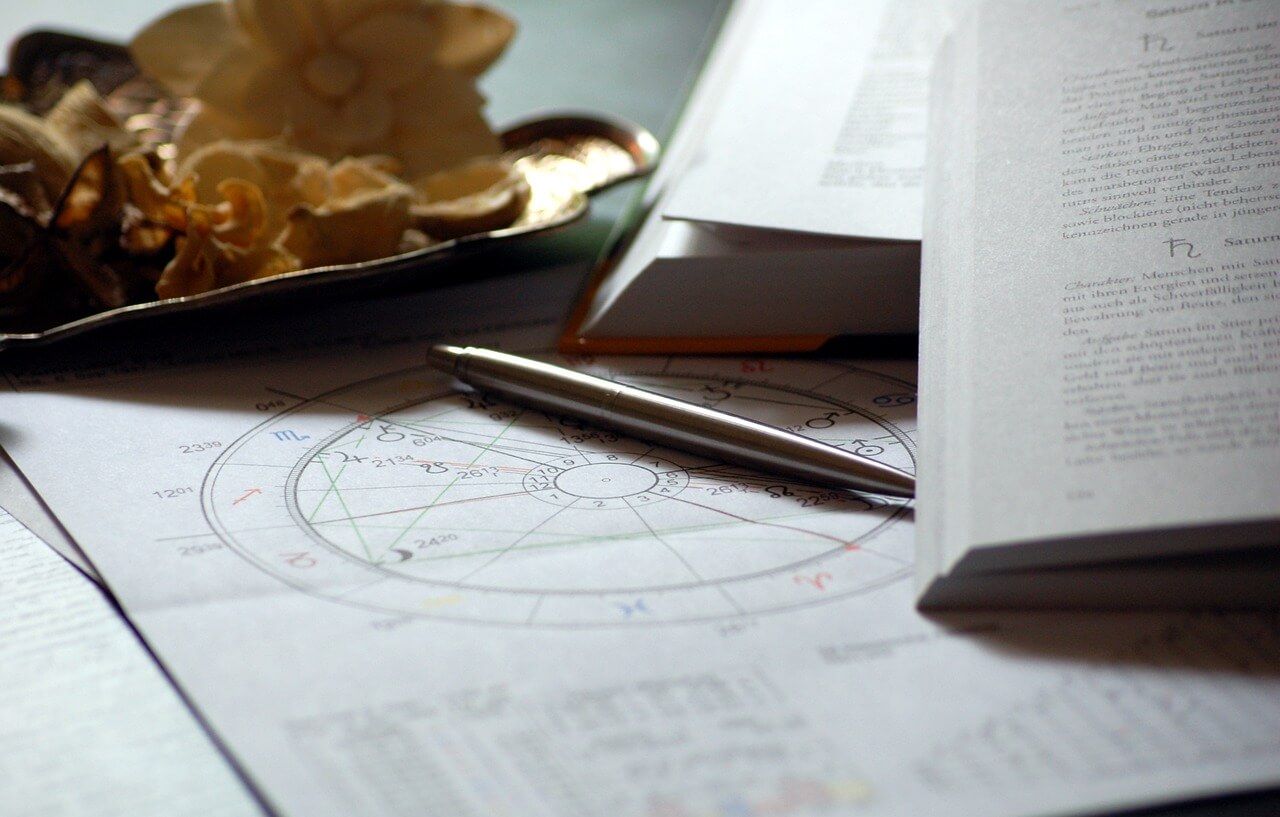Ancient Egyptian Astrology
EXPLORING THE ANCIENT EGYPTIAN ZODIAC
3 February 2024

The Ancient Egyptian Zodiac
Egypt has always been shrouded in mystery. This mystery extends to its unique zodiac system, which has fascinated scholars for centuries. Unlike the well-known 12-sign zodiac system, the ancient Egyptian zodiac comprises 36 decans.
The decans, each representing ten days of the Egyptian calendar, were initially used to track the nightly motion of stars. The earliest evidence of these decans can be traced back to the tomb of Senemut, dating back to 1500 BCE. Each decan was associated with a specific deity, influencing the life of an individual born under it.
Origins Of The Ancient Egyptian Zodiac

The Egyptian zodiac's origins are deeply rooted in the civilization's efforts to understand and interpret the cosmos. This astrological system was a comprehensive framework that intertwined with their calendar, agriculture, and religious practices. The meticulous observation of celestial movements was fundamental to the Egyptians, guiding them in the prediction of the Nile's flooding, which was crucial for their agriculture. The decans, therefore, were more than just spiritual symbols; they were practical tools for survival in a landscape dominated by the river's cycles.
The development of the decan system reflects the Egyptians' advanced knowledge of astronomy. By dividing the night sky into 36 segments, they created a detailed celestial clockwork that mirrored their terrestrial world. This understanding allowed them to develop a sophisticated system of timekeeping and calendar-making long before many other civilizations. The integration of astronomy with mythology, where each decan was linked to a god or goddess, highlights the Egyptians' unique approach to harmonizing their empirical observations with their spiritual beliefs.
Egyptian Decans & Decanal Hours

The decans played a crucial role in ancient Egyptian astrology. Each decan governed a ten-day period in the Egyptian calendar, totaling 360 days. The remaining five days, called the Epagomenal days, were considered to be outside the realm of the decans and were dedicated to the birthdays of certain Egyptian gods.
The concept of decans was not limited to astrology. They were also significant in Egyptian astronomy and timekeeping. The heliacal rising of a decan marked the start of a new decanal 'hour'. This system of decanal hours is the earliest known example of dividing the night into 'hours'.
Heliacal Risings and Settings

One of the most significant contributions of ancient Egyptian astrology to modern techniques is the observation of heliacal risings and settings of stars and planets. This ancient practice involved noting the first appearance of a star or planet just before sunrise, or its last visibility in the evening sky just after sunset, before it became obscured by the sun's brightness.
The observation of heliacal risings and settings, as practiced by the ancient Egyptians, represents one of the earliest forms of astrological timing. This meticulous attention to the moments when stars and planets first become visible or disappear at dawn and dusk provided a celestial calendar that informed agricultural, religious, and societal activities. The principle behind this observation is deeply rooted in the cyclical nature of the cosmos, symbolizing rebirth, transitions, and the eternal dance between light and darkness.
The Dendera Zodiac

The Dendera Zodiac, a bas-relief sculpture found in the Hathor temple at Dendera, is one of the most famous artifacts related to Egyptian astrology. This circular map of the sky, dating back to the late Ptolemaic period, is the only complete map of an ancient sky that has survived to this day.
The Dendera Zodiac features the traditional zodiac signs but also includes the decans. The Dendera Zodiac encapsulates the blending of Greek and Egyptian astrological traditions, reflecting the cultural exchange between these civilizations during the Ptolemaic period.
The presence of both traditional zodiac signs and the unique Egyptian decans illustrates how the ancient Egyptians adapted and integrated foreign concepts with their own, creating a syncretic system of astrology that was both comprehensive and unique. It also represents how the Egyptians influenced Western astrology as we know it today.
Ancient Egyptian Astrology in Modern Astrology

The ancient Egyptian zodiac left a lasting impact on subsequent astrological systems. The concept of decans, heliacal rising and setting, and interpretations of the Egyptian Zodiac were adopted by the Greeks and later by the Romans. They were incorporated into the Hellenistic astrological tradition and eventually found their way into the Western astrological tradition.
Even today, the decans, heliacal rising and setting, as well as interpretations derived from the Egyptian zodiac are used in modern and psychological astrology. They provide a deeper level of understanding of an individual's personality, life path, and life experiences.